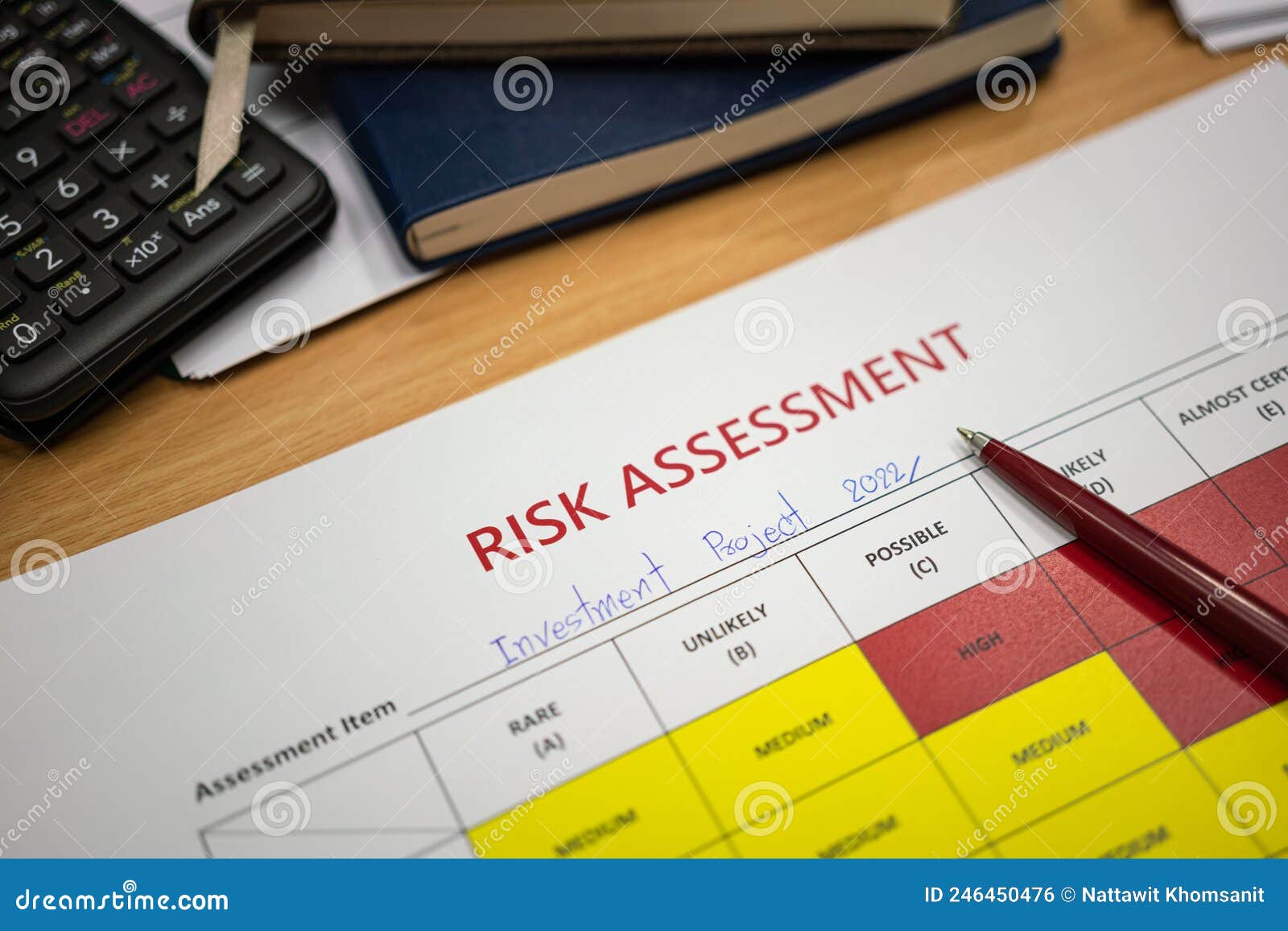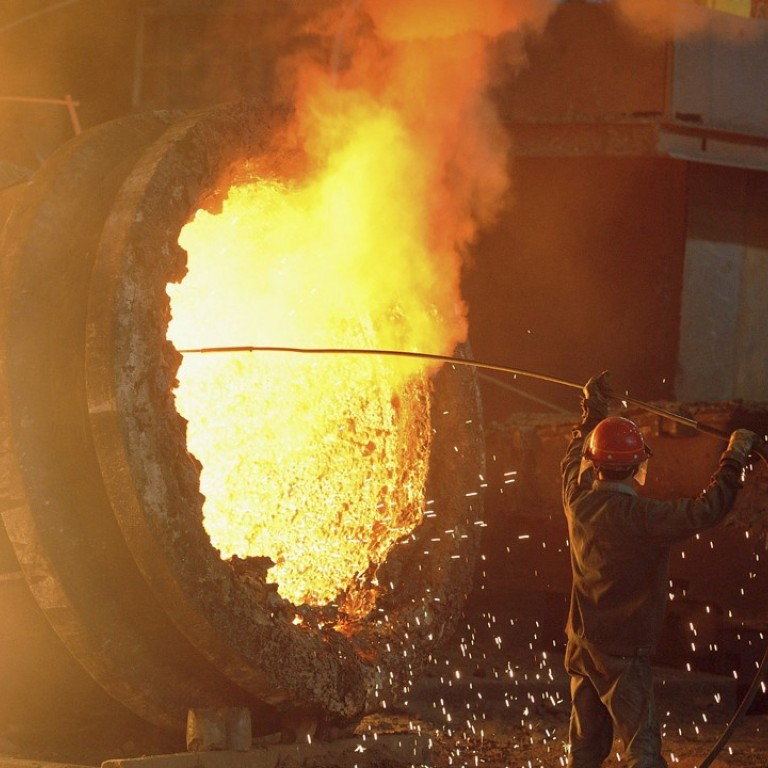Is Your Investment A Real Safe Bet? A Critical Assessment

Table of Contents
Defining "Safe Bet" in Investment Terms
What constitutes a safe investment? This is a crucial question, and the answer depends heavily on your individual risk tolerance and financial goals. A "safe bet" for one investor might be a high-risk gamble for another. Before determining if your investment is a safe bet, you need to understand your own risk profile.
Defining your risk profile involves honestly assessing your comfort level with potential losses. Are you risk-averse, prioritizing capital preservation above all else? Are you a moderate investor, willing to accept some risk for potentially higher returns? Or are you an aggressive investor, comfortable with higher risk in pursuit of significant gains?
-
Low-risk investments: These typically offer lower returns but prioritize capital preservation. Examples include government bonds (considered among the safest investments), high-yield savings accounts, and certificates of deposit (CDs). These are often seen as a cornerstone of a safe investment strategy.
-
Medium-risk investments: These offer a balance between risk and return. Index funds, which track a specific market index like the S&P 500, and diversified mutual funds are good examples. Diversification within these vehicles helps mitigate some risk.
-
High-risk investments: These offer the potential for substantial returns but also carry a significantly higher chance of loss. Individual stocks, especially those of smaller companies, and cryptocurrencies are prime examples of high-risk investments.
Understanding the relationship between risk and return is paramount. Higher potential returns usually come with higher risks. There's no such thing as a guaranteed high return with low risk; if it sounds too good to be true, it probably is.
Analyzing Your Current Investment Portfolio for Risk Factors
Once you understand your risk tolerance, it's time to analyze your current investment portfolio for potential risks. A thorough risk assessment is crucial to ensuring your investment is truly a safe bet.
Diversification: Is your portfolio adequately diversified across different asset classes? Holding only one type of investment significantly increases your risk. A diversified portfolio spreads your investments across stocks, bonds, real estate, and potentially other asset classes, reducing the impact of poor performance in any single area. This is key for a safe bet in the long run.
Liquidity: How easily can you convert your investments into cash if needed? Investments with high liquidity are generally considered safer because you can access your funds readily. Conversely, illiquid investments can be difficult to sell quickly, potentially tying up your capital at an inopportune time.
Inflation Risk: Will your investment returns outpace inflation? Inflation erodes the purchasing power of your money over time. If your investment returns don't keep pace with inflation, you're effectively losing money. Understanding this risk is essential to evaluate whether your investment is a truly safe bet.
-
Review your portfolio's asset allocation: Ensure your investments align with your risk tolerance and financial goals.
-
Assess the liquidity of each investment: Understand how easily you can access your funds if necessary.
-
Consider the impact of inflation on your returns: Factor in inflation to determine your real rate of return.
-
Factor in potential market volatility and its effect on your investment's value: Market fluctuations can impact the value of your investments; understanding this is crucial for a safe investment strategy.
Identifying Red Flags That Indicate a Risky "Safe Bet"
Beware of investments that exhibit any of the following red flags:
Unrealistic promises of high returns with low risk: If an investment sounds too good to be true, it probably is. Legitimate investments rarely promise exceptionally high returns with minimal risk. This is a major red flag indicating a potential scam.
Lack of transparency: Do you fully understand how your investment works and what the risks are? A lack of transparency is a significant warning sign. Reputable investments provide clear, concise information about their operations and associated risks.
High-pressure sales tactics: Avoid investments where you feel pressured to commit quickly. Legitimate investment opportunities don't require high-pressure sales tactics. Take your time, do your research, and seek independent advice.
-
Research the investment thoroughly before committing funds: Don't invest in anything you don't fully understand.
-
Seek independent financial advice: A qualified financial advisor can help you assess the risks and potential rewards of different investment opportunities.
-
Read all the fine print carefully: Don't sign anything you don't understand completely.
-
Beware of investments that lack regulatory oversight: Ensure your investment is subject to appropriate regulations and oversight.
Strategies for Building a Truly Safe Investment Portfolio
Building a truly safe investment portfolio takes a long-term perspective and a well-defined strategy.
Long-term perspective: Investing for the long term significantly reduces the impact of short-term market fluctuations. A long-term approach allows you to ride out market downturns and benefit from long-term growth.
Regular contributions: Dollar-cost averaging, a strategy of investing a fixed amount at regular intervals regardless of market conditions, can help mitigate risk. This approach averages out your purchase price and reduces the impact of market volatility.
Professional guidance: A financial advisor can provide personalized advice tailored to your needs and risk tolerance. A professional can help you navigate the complexities of investing and create a customized investment plan.
-
Develop a long-term investment plan: Define your financial goals and create a plan to achieve them.
-
Consider dollar-cost averaging: This strategy can help reduce the impact of market volatility.
-
Seek advice from a qualified financial advisor: A professional can provide valuable guidance and support.
-
Regularly review and rebalance your portfolio: Monitor your investments and adjust your allocation as needed to maintain the desired level of risk.
Conclusion
Determining whether your investment is a real "safe bet" requires careful consideration of various factors, including your risk tolerance, portfolio diversification, and understanding of potential risks. By critically assessing your investments and employing strategies for building a truly secure portfolio, you can increase your chances of achieving your financial goals. Don't gamble with your future; make informed decisions to ensure your investment is a truly safe bet. Contact a financial advisor today to review your current investments and build a safer, more secure investment strategy. Understanding your risk tolerance and diversifying your investments are key components of a successful and safe investment strategy. Remember, a safe bet is an informed bet.

Featured Posts
-
 1509 R4 5
May 09, 2025
1509 R4 5
May 09, 2025 -
 Exploring The Post Space Journey Of Rakesh Sharma Indias First Astronaut
May 09, 2025
Exploring The Post Space Journey Of Rakesh Sharma Indias First Astronaut
May 09, 2025 -
 Nhl Hart Trophy Draisaitl Hellebuyck And Kucherov In Final Three
May 09, 2025
Nhl Hart Trophy Draisaitl Hellebuyck And Kucherov In Final Three
May 09, 2025 -
 Iron Ore Market Volatility Analysis Of Chinas Steel Production Curbs
May 09, 2025
Iron Ore Market Volatility Analysis Of Chinas Steel Production Curbs
May 09, 2025 -
 Madeleine Mc Cann Disappearance A 23 Year Olds Dna Test And Allegations
May 09, 2025
Madeleine Mc Cann Disappearance A 23 Year Olds Dna Test And Allegations
May 09, 2025
